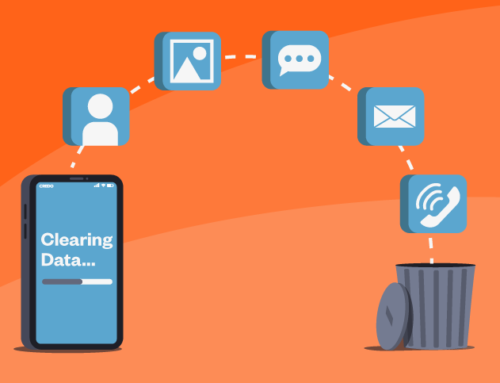You might not think that a small business budget can give you access to the technology that builds businesses, but you do.
Running a small business means that you’re a lean, mean business machine. Often, it’s just you and a few trusted staff members. You might not think that a small business-budget can have access to the kinds of technology that will build a business and streamline operations, but you do.
And whether you need a little help doing the books for your doggie daycare business or want to streamline scheduling for your budding housecleaning business, chances are there’s a solution just a few clicks away.
We spoke with Jayson DeMers, CEO of AudienceBloom and a contributing writer on technology at Forbes.com, and Robert Clay, a freelance technology consultant who has worked with Fortune 500 companies such as IBM and consulted to small businesses in the care sector. Here are their top tips for how technology can help you grow and organize your small business.
1. Make Yourself Easy to Find With a Great Website
Prospective clients see a strong, clean website as a mark of professionalism. In addition to your own site, creating profiles on sites like Care.com can help to attract new clients as well.
A web presence also increases the chances you’ll be found on search engines. Learn how to use SEO practices to enhance your Google presence
2. Expand Your Reach With Social Media
Social media is an effective way to build stronger relationships with your customers, while also making a positive impact on prospects. “Take the time to share high-value information with your followers related to your business,” says DeMers. “This helps build trust and position you as an expert in your field.”
3. Use a Smartphone or Tablet to Stay Connected on the Go
If you’re in a business where clients need to reach you easily, having a dedicated smartphone or tablet is a wise investment so people can reach you no matter where you go.
4. Simplify Invoicing With Online Systems
If you’re providing invoices to clients or tracking expenses, having an effective system is essential, says Clay. Programs like FreshBooks are accessible online and affordable. Most interfaces are easy-to-learn and accessible from any computer or mobile device.
5. Use a Project Management or Calendar System
When you’re routinely managing appointments and documents for clients, keeping everything you need organized and centralized is crucial. A calendar system, such as the one that comes with Outlook or Google Apps for Business, or a project system like BaseCamp is a great way to get started. Each of your team members can access their schedules, client documents, and share updates in one dashboard.
6) Consider an Email Newsletter
Regularly publishing an email newsletter is one of the best ways to connect with and build your audience, says DeMers. Focus on understanding what your audience is interested in learning about, and create content that delivers value without the hard sell.
7. Consider Offsite Storage
If your business has important records or files, make sure that your computers are running backup software. In the case of a fire or computer crash, backup programs like Carbonite and MozyPro store a copy of your documents securely.
8. Cut Communications Costs
If your business uses conference lines or has a lot of teleconferencing expenses, you can easily cut those costs. Services like FreeConferenceCall.com or Skype let you set up a bridge to discuss a student’s progress with both the parent and the tutor calling in from different locations.
9. Consider a Bring Your Own Device (BYOD) Policy
Employees use a device of their choice, and you help offset the cost. BYOD policies are one of the biggest tech trends small businesses are seeing in 2014, according to Clay.
10. Make Security a Priority
Protect your wireless networks with a secure password. Require that employees regularly change their passwords and that mobile devices have security modes enabled. Ensure that each one has the latest anti-virus and malware programs installed. Any of the major providers from MacAfee to Bitdefender will do the job.
11. Streamline Payments
Tracking expenses and paying employees can be as easy as pointing and clicking when you utilize programs like QuickBooks and intuit. By digitizing paperwork you can save time on both planning and execution, which will free you up to spend more time on your core business.
12. Consider Service Technologies and Apps
Would an online scheduling app make things simpler for an elder care transportation business? Or could new tutoring programs help the kids you teach? Periodically look at technologies that help you serve your clients better, says Clay. These investments can reap tremendous rewards.











Leave A Comment